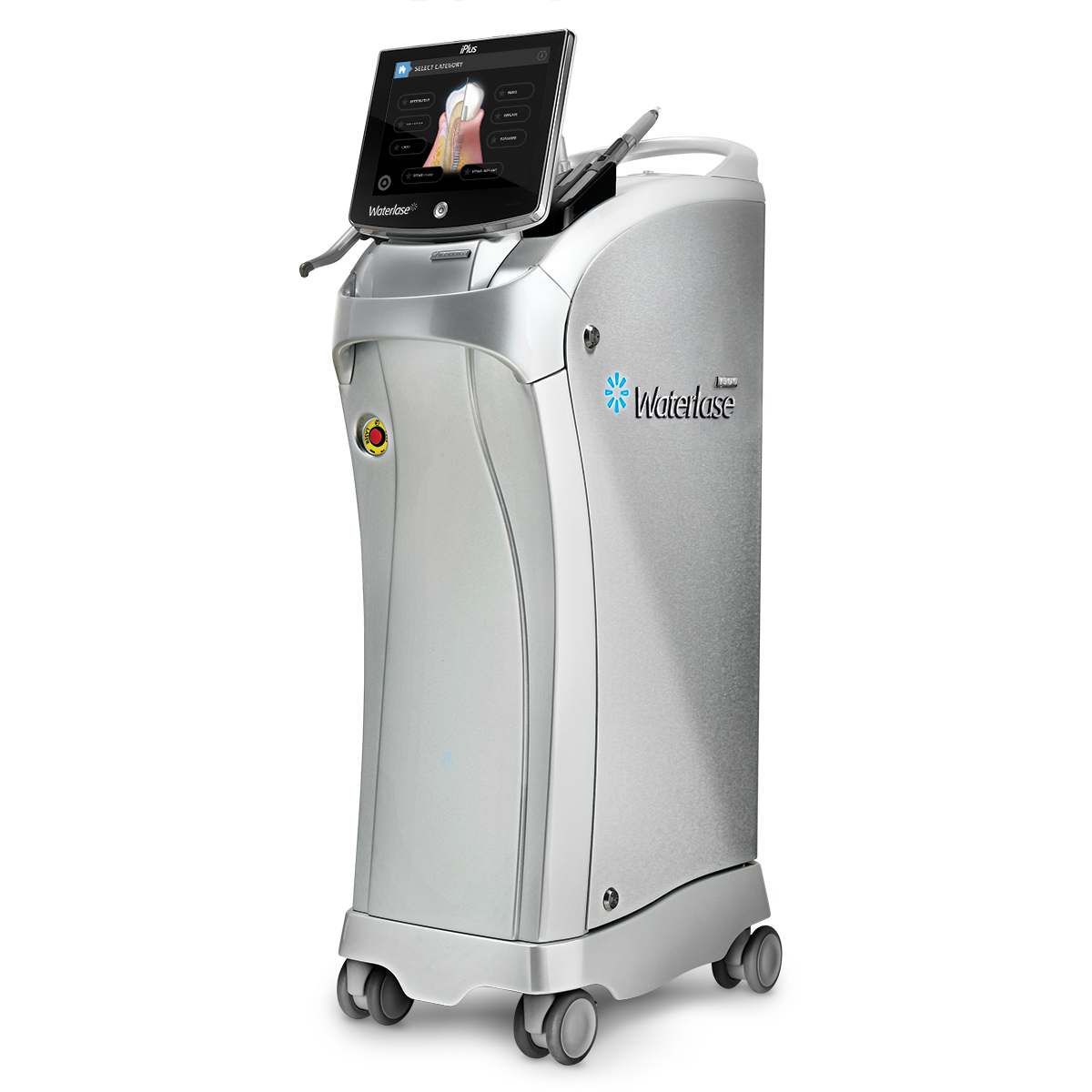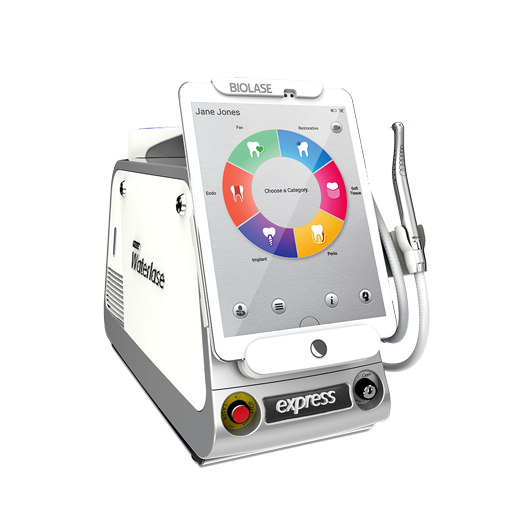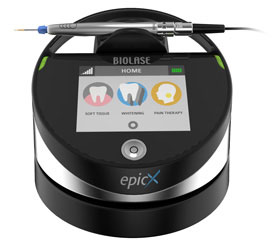Dental implants function just like natural teeth and they can become infected just like natural teeth. Infected dental implants become diseased or fail if they are neglected or do not receive regular care from a dental professional.
An infection around a dental implant is a form of gum disease known as peri-implantitis. The infection can be the result of smoking tobacco, a failed oral hygiene routine, diabetes, a compromised immune system, bite misalignment, parafunctional habits (bruxism), or an allergic reaction to the implant itself. If left untreated, the progressive bone loss and infection can cause the implant to fail.
Features of an infected dental implant are similar to those of gum disease and can include one or more of the following symptoms:
- Loose or wobbly implant
- Red or puffy gums around the implant
- Icky taste
- Bad breath
- Throbbing pain or discomfort from the area
- Dull ache on palpation
- Exudate (pus) visible from the area
- Threads are visible on the implant
- Difficulty chewing
- Fever
- Bleeding when brushing around the implant
Your dentist can diagnose peri-implantitis quickly and comfortably with a clinical exam and radiograph. The long-term goal is to arrest the progression of the infection and maintain the implant.
Depending on the level of infection, your dentist may prescribe special mouth rinses or present a combination of other options to get your implant back on a healthy track. Treatment options may include antibiotics, surgery, laser therapy with surface decontamination, mechanical debridement, or antimicrobial therapy.
Peri-implantitis can be destructive and aggressive. An infected implant can lead to systemic illness that can cause damage to the heart and other body organs. If left untreated long enough, low-grade bacterial infections can have serious consequences and have the potential to become very unfun very fast.
Your dentist wants you to be healthy. If you suspect an infected implant, contact a dentist immediately so the appropriate treatment can be started sooner rather than later. Once your implant is healthy again, keep up with your new hygiene regimen.



